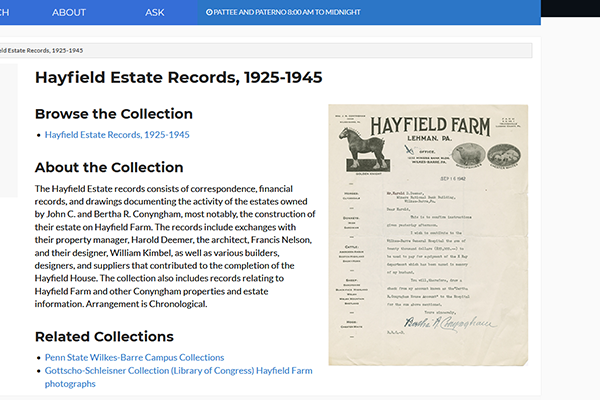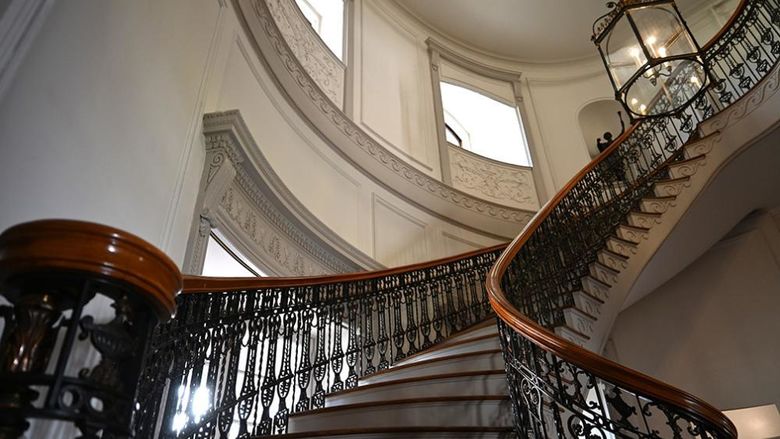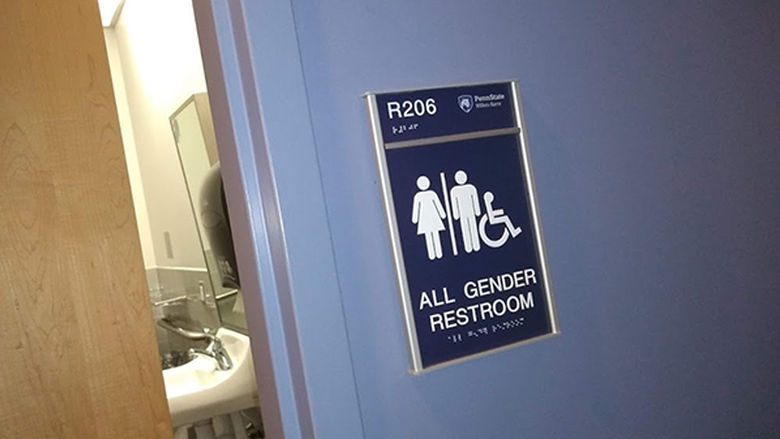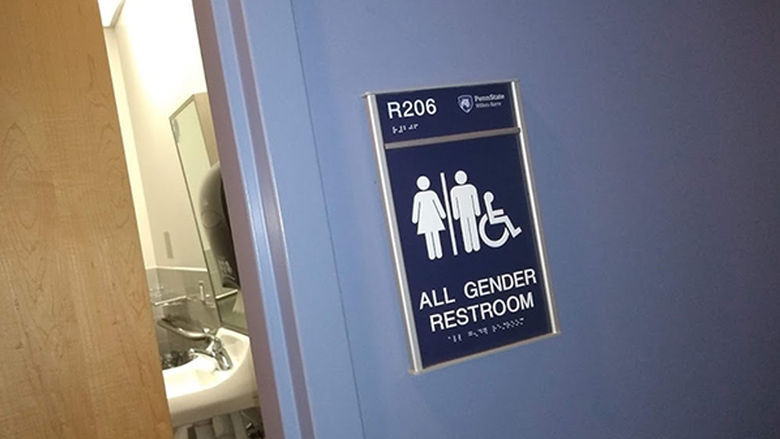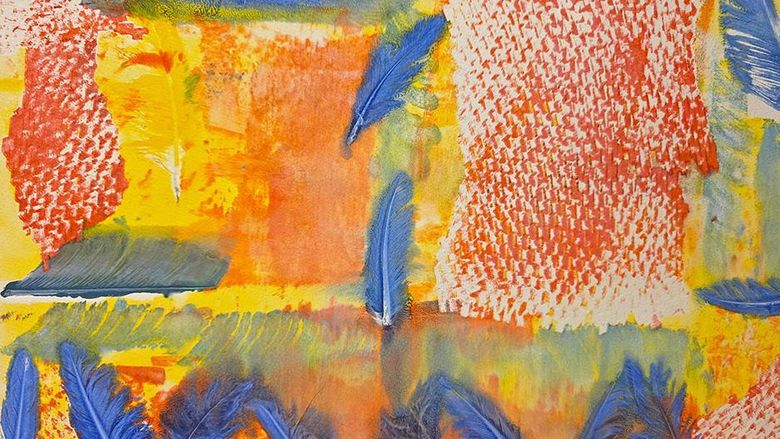
Hayfield House at Penn State Wilkes-Barre
DALLAS, Pa. — Numerous historic records from the Hayfield estate, where Penn State Wilkes-Barre is located, have been digitized and are now easily accessible to the public.
The digitized Hayfield estate records contain various material from 1925 to 1945, including correspondence, financial records and architectural drawings related to the estates owned by John C. and Bertha R. Conyngham, in particular the construction of their estate on Hayfield Farm. The records include correspondence with their property manager, architect, builders, designers and suppliers who contributed to the completion of the Hayfield House.
“It is very exciting to have the Hayfield estate records published in the Libraries' Digital Collections platform,” said Bethann Rea, digital collections management librarian for Penn State University Libraries. “The digitization of rare and fragile materials, like the Hayfield estate records, is extremely important to the long-term preservation of the items. Additionally, digitization allows the University Libraries to provide access to a wider network of community members.”
Hayfield House was built by coal baron John N. Conyngham and his wife, Bertha Robinson Conyngham. The Conynghams spent about four months each year at Hayfield Farm, raising cattle, Clydesdale horses, pigs, sheep, buffalo and Sardinian donkeys. In addition to traditional vegetables and fruits, the farm also produced large amounts of hay and corn. John Conyngham died in 1935, just two years after the house was completed. Bertha Conyngham willed the estate to her nephew, Richard Robinson, upon her death in 1964. He and his wife, Helen, gave Hayfield House and the surrounding farmland to the University. The mansion was converted into administrative offices and classrooms, and the carriage house/garage was modified and became the Student Commons. In 1968, the property was dedicated as the permanent location of Penn State Wilkes-Barre, which had operated in several locations throughout the area since its first classes were offered in 1916.
“These materials are a very rich resource, useful for research purposes far beyond their original creation purpose,” said Jennie Knies, head librarian at Penn State Wilkes-Barre’s Nesbitt Library. “These could be useful for researchers who are studying Hayfield House specifically; architecture, interior design or business history; or any one of the many architects, contractors or craftspeople who the Conynghams employed in the course of doing business. They also provide an understanding of how an estate such as Hayfield was operated in the early 20th century.”
Knies credited former Penn State Wilkes-Barre librarian Megan Mac Gregor, who has since moved out of the area, with the idea to begin the digitization project.
The digital records were created by University Libraries’ Preservation, Conservation and Digitization Department. The team worked through three boxes of archival records, reviewing all documents for potential repair needs before creating digital images of them.
“The digital files were assigned identifiers as part of the University Libraries’ Digital Object Guidelines for long-term access and preservation, and the files went through a two-phase quality control process to ensure accuracy of the digital surrogates. Digital collection building requires a lot of collaboration,” Rea said. “At this point, the digitization unit finished with their work. It was time to bring in other departments to assist with the project, which includes metadata creation, rights review, cataloging and so forth. Once our collaborators finish with their tasks, the digitization unit will process a final package of content and ingest it into the University Libraries’ Digital Collections platform, CONTENTdm.”
Rea praised Knies for her collaboration on the project, saying, “Jennie Knies has been a delight. She is very knowledgeable, considerate and attentive. It is always great to have an active partner when building digital collections. We are excited to continue working with Jennie Knies and the staff at Penn State Wilkes-Barre.”
Additional digitized materials of Penn State Wilkes-Barre’s history available to the public include the blueprints that show how Hayfield House was modified into a campus building, yearbooks and scrapbooks that show the history of the campus, and photographs of Hayfield House by photographer Samuel Gottscho that have been digitized at the Library of Congress.
